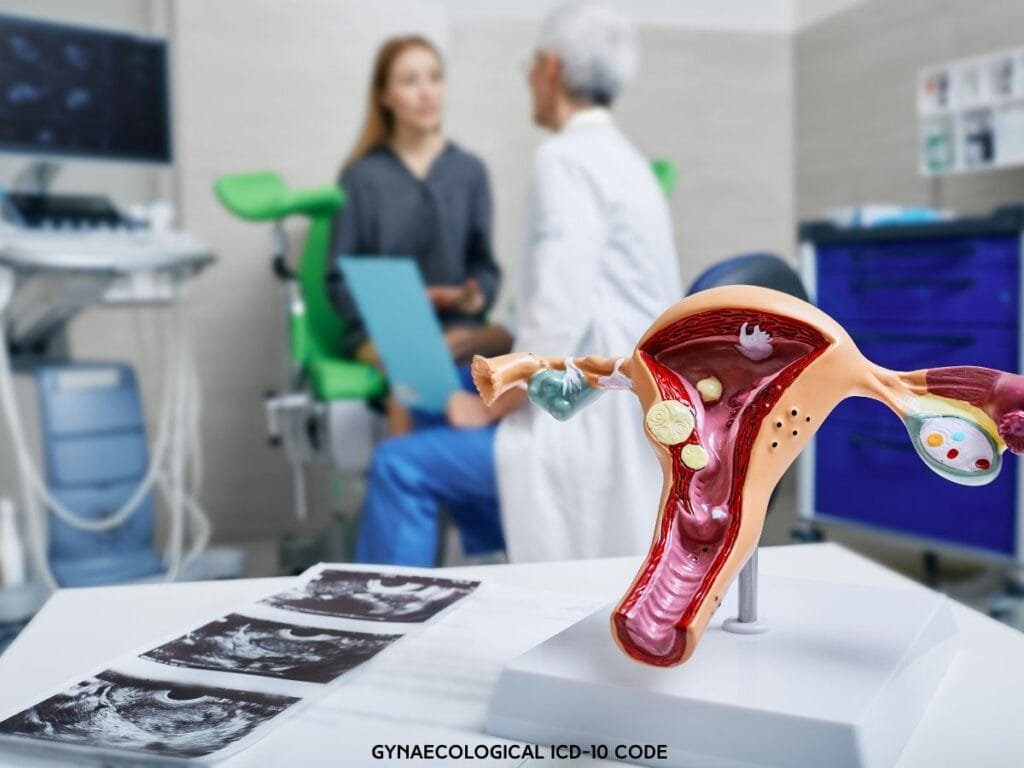If you’re a healthcare provider, coding accurately is vital. So, what is the ICD-10 code for pregnancy? The main ICD-10 code for pregnancy is Z34. It signifies routine pregnancy care. However, specific codes may vary depending on the trimester or complications.

What Is the ICD-10 Code for Pregnancy?
ICD-10 codes for pregnancy begin with Z34 for routine care. For complications, codes start with O. These codes help healthcare providers and insurance companies accurately document patient care.
Example of Routine Pregnancy Code
- Z34.00 – Encounter for supervision of normal first pregnancy, first trimester.
- Z34.80 – Encounter for supervision of other normal pregnancy, unspecified trimester.
Coding for Different Trimesters
Each trimester has a unique ICD-10 code. Codes are tailored to describe which stage of pregnancy a patient is in. Let’s explore them:
- First Trimester: Codes from Z34.0. This covers up to 13 weeks.
- Second Trimester: Codes from Z34.2. This ranges from 14 to 27 weeks.
- Third Trimester: Codes from Z34.3. This covers from 28 weeks until delivery.
Example of Trimester-Specific Codes:
- Z34.01 – Normal first pregnancy, first trimester.
- Z34.31 – Normal first pregnancy, third trimester.
Managing Pregnancy with Complications
Pregnancies with complications require specific ICD-10 codes. These codes start with O. They offer greater detail for medical complications. Use them to represent various pregnancy-related conditions.
For example:
- O26.841 – Pregnancy-related hypoglycemia, first trimester.
- O13.1 – Gestational hypertension, second trimester.
Correctly using these codes ensures accurate documentation and billing.
Additional Codes for Pregnancy-Related Conditions
ICD-10 codes for pregnancy also include specific conditions. Common examples include:
- O20.0 – Threatened abortion.
- O99.89 – Other specified diseases complicating pregnancy.
When complications arise, always choose the most specific code. This ensures clarity in patient records.
Transitioning from ICD-9 to ICD-10
ICD-10 offers more detail than ICD-9. With ICD-10, coding became more accurate. It includes more codes and captures better patient information. Transitioning was a significant change, but it improved healthcare documentation.
Accurate coding is crucial. It prevents errors and ensures proper patient care. Incorrect coding could lead to issues in billing or documentation. Always double-check your codes.
Mastering ICD-10 Codes for Pregnancy
Now you know the answer to “what is the ICD-10 code for pregnancy?”. It’s important to stay informed. Use Z34 for routine care and O codes for complications. Always ensure your codes reflect the specific trimester or condition. Correct coding supports accurate billing and patient care.
Struggling with ICD-10 pregnancy codes? Let our billing experts help you. Get in touch with us for seamless medical billing and coding assistance today!
